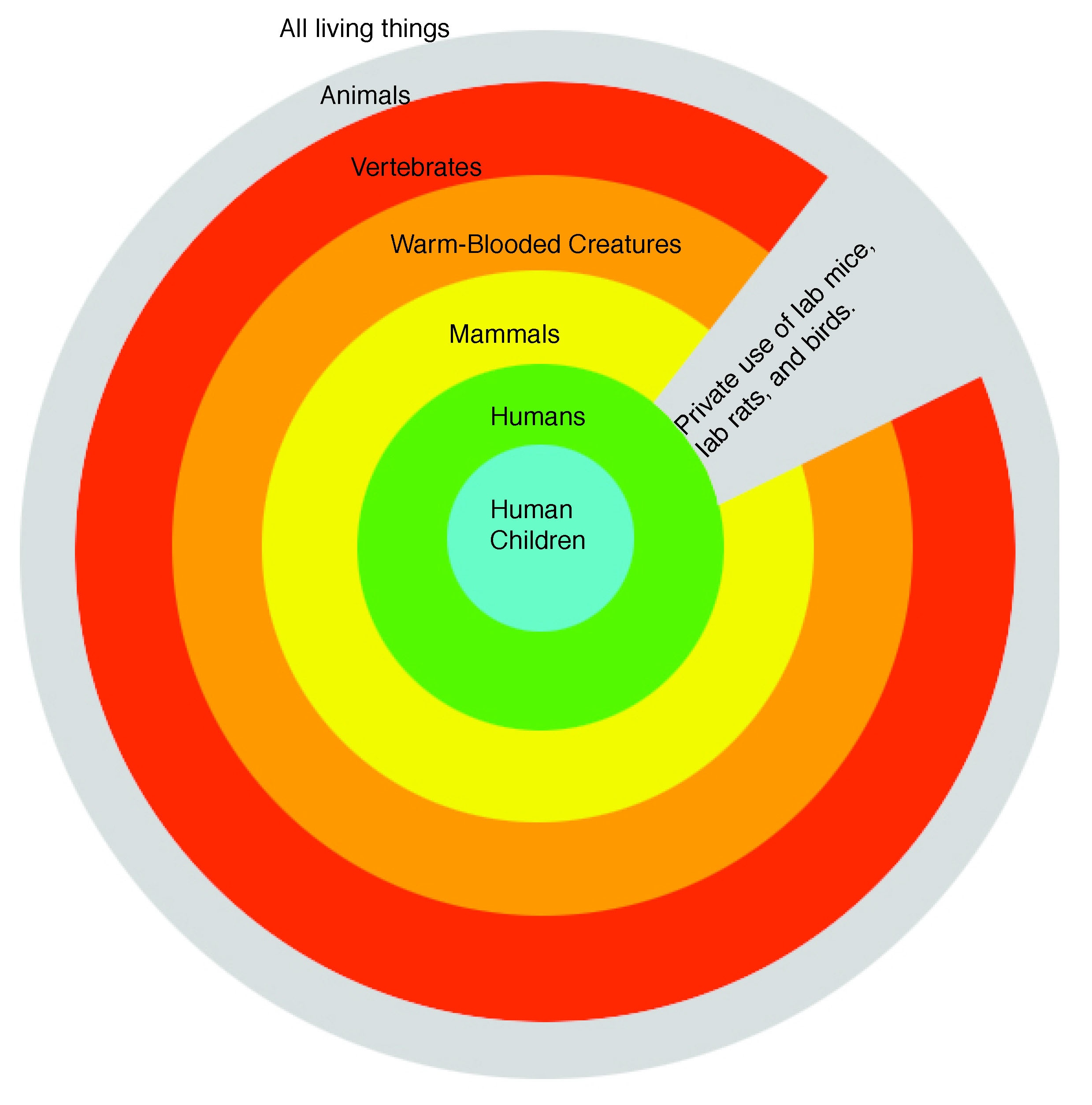...
Compiled by Joel Sparks
Revised May 14, 2003 | Updated December 16, 2011
| Div | ||||||||||
|---|---|---|---|---|---|---|---|---|---|---|
| ||||||||||
|
...
Based on its deliberations, the IOM committee concluded that “while the chimpanzee has been a valuable animal model in past research, most current use of chimpanzees for biomedical research is unnecessary.” The committee also concluded, however, that the following areas may continue to require the use of chimpanzees: some ongoing research on monoclonal antibody therapies, research on comparative genomics, and non-invasive studies of social and behavioral factors that affect the development, prevention, or treatment of disease. The committee was unable to reach consensus on the necessity of the chimpanzee for the development of prophylactic hepatitis C virus vaccine. While the committee encouraged NIH to continue development of non-chimpanzee models and technologies, it acknowledged that new, emerging, or re-emerging diseases may present challenges that may require the use of chimpanzees. I have considered the report carefully and have decided to accept the IOM committee recommendations. NIH is in the process of developing a complete plan for implementation of the IOM’s guiding principles and criteria. I will be assembling a working group within the NIH Council of Councils to provide advice on the implementation of the recommendations, and to consider the size and placement of the active and inactive populations of NIH-owned or -supported chimpanzees. We will not issue any new awards for research involving chimpanzees until processes for implementing the recommendations are in place. NIH is committed to conducting and supporting high-quality science in the interest of advancing public health, and to the humane care and use of animals used in NIH research. I am grateful to the IOM for their careful and thoughtful assessment of this important and sensitive topic.
Thursday, December 15, 2011 2011
...
U.S. Government Principles for the Utilization and Care of Vertebrate Animals Used in Testing, Research, and Training (“U.S. Principles”)
(PDF - 32KB)
...
Animal Welfare Act of 1966 ("the AWA") (7 USC 2131, as modified)
(PDF - 52KB)
ANIMALS PROTECTED: Warm-blooded animals (mammals and birds), with certain exceptions.
...
KEY QUOTE: “Although Federal requirements establish acceptable standards, they are not ideal. Regulated businesses are encouraged to exceed the specified minimum standards.” -- USDA APHIS.
...
9 CFR 1 A, parts 1 - 3
Implementing regulations of the AWA.
...
The HREA directs the Secretary of Health and Human Services, through the Director of NIH, to create guidelines for the care and treatment of animals used in research. The result was the PHS Policy.
...
Public Health Service Policy On Humane Care And Use Of Laboratory Animals ("PHS Policy") (National Institutes of Health, Office of Laboratory Animal Welfare (OLAW). Revised August 2002)
(PDF - 284KB)
ANIMALS PROTECTED: Live vertebrates used or intended for use in research, research training, experimentation, or biological testing or for related purposes. Note that this includes breeding of animals for later use, as well as birds, mice and rats.
...
KEY QUOTE: “PHS awarding units may not make an award for an activity involving animals unless the prospective awardee institution and all other participating institutions have approved Assurances on file with OLAW, and the awardee institution has provided verification of approval by the IACUC of those components of the application or proposal related to the care and use of animals.”
...
Guide to the Care and Use of Laboratory Animals ("the Guide")
(Web Link)
Originally published 1963, with support from NIH, as "Guide for Laboratory Animal Facilities and Care"; last revision 2011, National Academy of Sciences. The Guide endorses the U.S. Principles and, in its post-1985 form, the PHS Policy. The Guide does not have the force of law or regulation; facilities can deviate from its guidelines for scientific reasons. However, the Guide serves as a standard.
...
ENFORCEMENT: Compliance is "voluntary", but the GLP regulations allow FDA inspections
...
ICCVAM Authorization Act of 2000 (PL 106-545)
(PDF - 40KB)
Empowered the Interagency Committee on the Validation of Alternative Methods (ICCVAM) to review federal and federally-funded toxicology testing for possible reduction of animal use. ICCVAM was created in the National Institute of Environmental Health Sciences (NIEHS) at NIH.top of page
...
Memorandum of Understanding Among USDA, FDA, and NIH Concerning Laboratory Animal Welfare, 2011
(Web Link)
Clarifies the roles of the three agencies:
...
The NIH Office of Laboratory Animal Welfare (OLAW) is responsible for administration of the PHS Policy.
...
Animal Welfare Act Amendments of 2002 (PL 107-109)
(PDF - 76KB)
The Farm Security and Rural Investment Act of 2002 (Farm Act) modified the AWA's definition of animals to exclude rats, mice and birds used in biomedical and behavioral research.
...
Agreement to share information and avoid redundant effort in monitoring research at or sponsored by the Veterans Administration. Authority to implement the PHS Policy remains with OLAW.top of page
...
Endangered Species Act of 1973
(PDF - 140KB)
In the case of some species, protections adminstered by the Department of the Interior may apply.top of page


